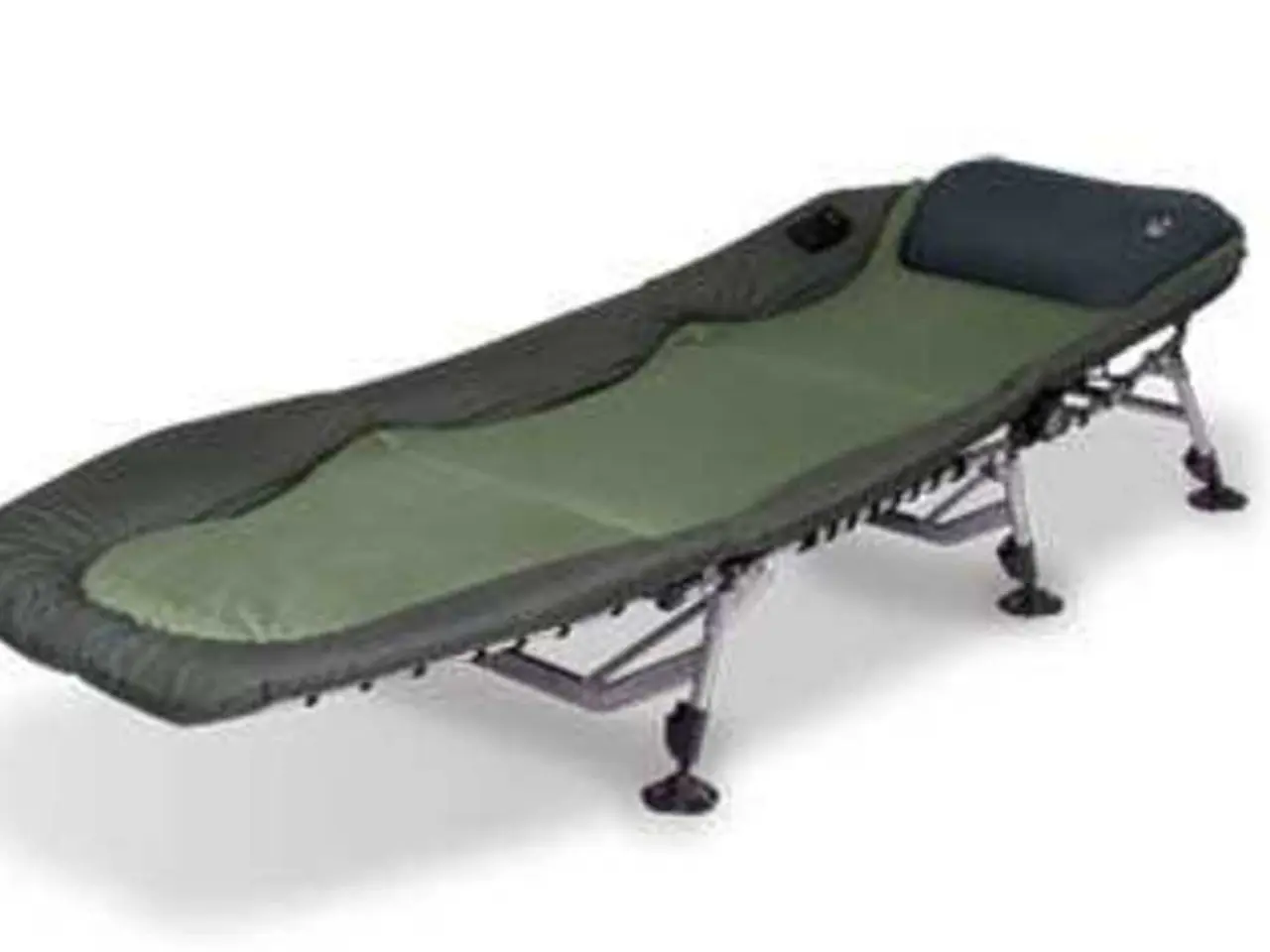Iliotibial Band Syndrome: Symptoms, Remedies, and Exercises for Relief
Iliotibial (IT) band syndrome is a common condition that affects athletes and active individuals, causing pain in the outer part of the knee. This condition arises from a combination of overuse, biomechanical weaknesses, poor training progression, and structural or mechanical misalignments affecting the IT band's movement over the hip and knee.
The IT band is a group of fibers that runs along the thigh from the hip to below the knee, supporting the knee and facilitating hip extension and rotation. When overused, the IT band can become tight, causing it to rub against the knee or hip, leading to pain and swelling.
Common causes of IT band syndrome include overuse and repetitive knee bending, excessive foot pronation, hip abductor weakness, sudden increases in training load or speed, poor running mechanics, worn-out or unsupportive footwear, prolonged sitting and hip tightness, and participating in sports involving repetitive knee flexion.
Symptoms of IT band syndrome may include pain when running or doing other activities involving the bending of the knee, a clicking sensation where the band rubs against the knee, lingering pain after exercise, a knee that is tender to the touch, tenderness in the buttocks, redness and warmth around the knee, and swelling.
Treatment for IT band syndrome often includes resting and avoiding activities that aggravate the IT band, physical therapy, massage, and reducing or changing physical activity. A physiotherapist or sports medicine specialist can help identify biomechanical causes of IT band syndrome and develop a rehabilitation program.
Some stretches and exercises may help prevent and treat IT band syndrome, such as the lying glute stretch, standing or lying hip abduction exercises, and using a foam roller to massage the IT band area. Replacing old shoes with new ones can also prevent uneven gait due to worn soles and help with pronation, a risk factor for IT band syndrome.
For those who still experience pain after 6 months of nonsurgical treatment, IT band lengthening surgery may be an option. However, when returning to activities, people need to ease back in slowly to help prevent a recurrence of symptoms.
It's essential to address the causes of IT band syndrome to prevent and treat the condition effectively. By understanding the common causes and risk factors, athletes and active individuals can take steps to maintain flexibility in the hip and upper leg, reduce the risk of reinjury, and enjoy their favourite activities without pain.
- Dermatitis can be a challenging medical-condition, often affecting those with atopic tendencies in their health-and-wellness.
- Asthma is a disease that affects the respiratory system, causing difficulty in breathing, especially during fitness-and-exercise or in response to certain triggers.
- Crohn's, another disease, is a predictive factor for mental-health problems due to the chronic nature of the condition and its impact on nutrition.
- Science has made significant strides in understanding and treating various health-and-wellness issues, including IT band syndrome, which is common among athletes and active individuals.
- AQ, a measure of air quality, is crucial for people with respiratory diseases like asthma, as poor air quality can exacerbate their symptoms.
- Sports require a balanced approach that considers not only physical fitness but also mental health, nutrition, and the prevention of injuries related to overuse, such as IT band syndrome.
- Strengthening the hip abductors through exercises can help prevent and treat IT band syndrome, a common condition in sports that involves repetitive knee flexion.




